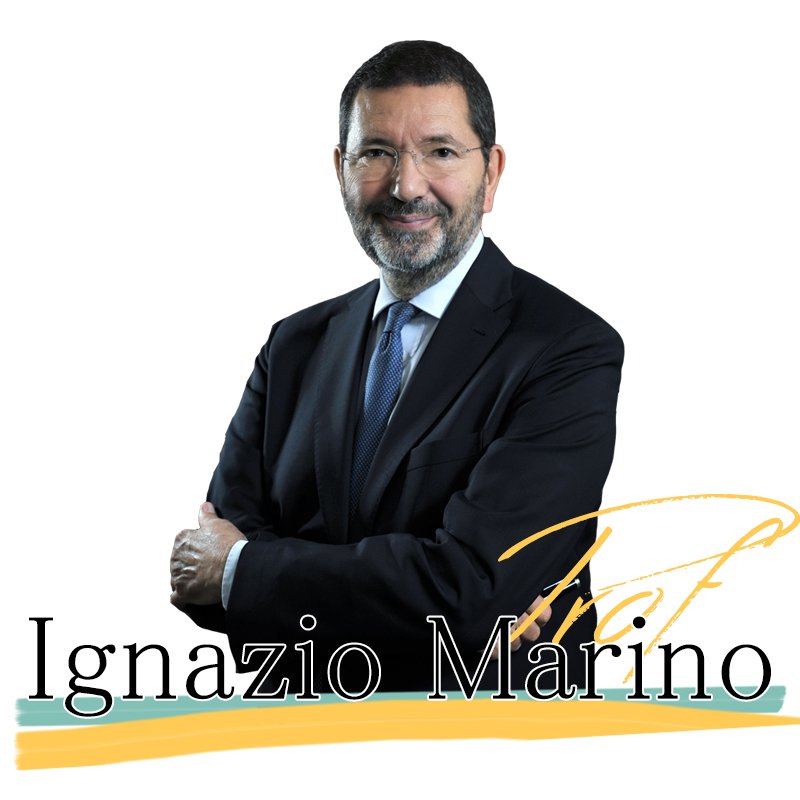Prof. Ignazio Marino - Research
In the late ‘80s, in Pittsburgh I was part of the team who developed the clinical use of Tacrolimus, a drug that revolutioned anti-rejection treatments in liver transplantation worldwide.
In 1987, I participated in the first multivisceral transplantation on a human being in the history of medicine. In 1988, I was the first to describe epitheliod hemangioendothelioma of the liver, and the use of liver transplantation for its treatment. I was also involved in the first clinical series of liver transplantation in patients with portal vein thrombosis, a procedure considered not feasible until the early ‘90s.
In 1992, I was a member of the surgical team performing the first autologous bone marrow infusion associated with liver transplantation to induce tolerance in solid organ transplantation.
In the same year, I described the first series of liver transplantation in children for the Alagille’s syndrome.
I was a member of the surgical team that performed the only 2 baboon-to-human liver transplants in medical history (1992-1993), and I was also responsible for the intensive care provided post-surgically to the patients.
In 1995, I led the analysis of the largest clinical series of liver transplantations (2,376) ever reported in the literature, identifying 10 different variables associated with transplant successful outcome.
I am a member of 26 international scientific societies, and the founding or emeritus member of several of these. I have been a Committee member of the United Network for Organ Sharing, which coordinates organ transplant activities in the US, and one of the 5 Board Members of the first National Center for Transplantation of Italy, personally contributing to the writing of many national regulations in the field of transplantation and organ allocation.
I was included among the international experts advising the Pontifical Academy for Life, and more recently the Pontifical Academies for Sciences and Social Sciences.
 06.60301809
06.60301809






